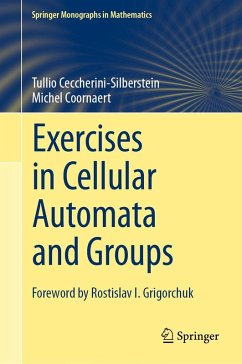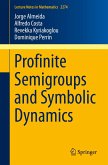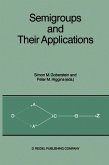This book complements the authors' monograph Cellular Automata and Groups [CAG] (Springer Monographs in Mathematics). It consists of more than 600 fully solved exercises in symbolic dynamics and geometric group theory with connections to geometry and topology, ring and module theory, automata theory and theoretical computer science. Each solution is detailed and entirely self-contained, in the sense that it only requires a standard undergraduate-level background in abstract algebra and general topology, together with results established in [CAG] and in previous exercises. It includes a wealth of gradually worked out examples and counterexamples presented here for the first time in textbook form. Additional comments provide some historical and bibliographical information, including an account of related recent developments and suggestions for further reading. The eight-chapter division from [CAG] is maintained. Each chapter begins with a summary of the maindefinitions and results contained in the corresponding chapter of [CAG]. The book is suitable either for classroom or individual use.
Dieser Download kann aus rechtlichen Gründen nur mit Rechnungsadresse in A, B, BG, CY, CZ, D, DK, EW, E, FIN, F, GR, HR, H, IRL, I, LT, L, LR, M, NL, PL, P, R, S, SLO, SK ausgeliefert werden.
"Exercises in cellular automata and groups provides a utilitarian and exciting introduction to the discipline, in addition to being a reservoir of guidance for fostering new evolutions. It includes numerous references to the literature and a helpful index. Readers will appreciate the worked-out exercises, which serve as a guidepost for understanding the subject matter. Note that the same exercise may be solved in different ways." (S. V. Nagaraj, Computing Reviews, February 6, 2024)









